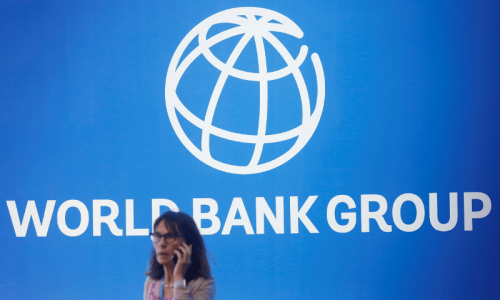PAKISTAN must borrow more and more every year to repay its outstanding external loans, finance its current account and build its forex reserves. In the process, it will accumulate more debt.
Sometimes the pace of debt accumulation may appear to be slowing — or reversing itself. In the quarter ending in March this year, for example, the country’s total external debt and liabilities declined marginally to $116.3bn from $117.1bn at the end of December 2020.
Over the last 15 years or so, the country’s external debt and liabilities have grown at a varying pace but no effort made during this period succeeded in containing the exponential increase in the burden. This is quite evident from the more than 150pc growth in foreign debt and liabilities to $116.3bn from $45.4bn at the end of FY2008. Therefore, the report that Pakistan purchased nearly 63pc more debt or $12.13bn in the first 11 months of the outgoing fiscal year compared to $7.4bn the government had borrowed during the same period last year does not come as a big surprise.
That the government has borrowed more aggressively from external sources during the outgoing year despite a record 29pc jump in remittances sent home by Pakistanis living abroad and a current account surplus underscores its anxiety over the rising short- to medium-term debt payments.
Read: How to create wealth to repay debts?
Islamabad’s debt payment requirements are not surging because of its increasing foreign debt stock alone; the changing composition of external debt — the replacement of low-cost multilateral and bilateral borrowings with more expensive commercial purchases — is also increasing debt-servicing requirements. The spike in debt accumulation over time signifies the failure of successive governments to increase their tax revenue for financing their budgets and push exports to earn enough dollars to pay for the rising import bill, which has resulted in the emergence of large current account deficits year after year. Moreover, the extremely low flows of non-debt-creating, long-term FDI are also not helping. With little likelihood of any dramatic jump in tax revenues or exports in the next few years, the country’s dependence on foreign loans will continue.
With bilateral dollars in short supply for various reasons and multilateral assistance on hold because of the differences with the IMF over the PTI government’s spending plans for the next year, chances are Islamabad’s dependence on costly commercial loans from international banks and markets will increase, escalating debt accumulation and servicing — at least in the short run.
Published in Dawn, June 29th, 2021











































